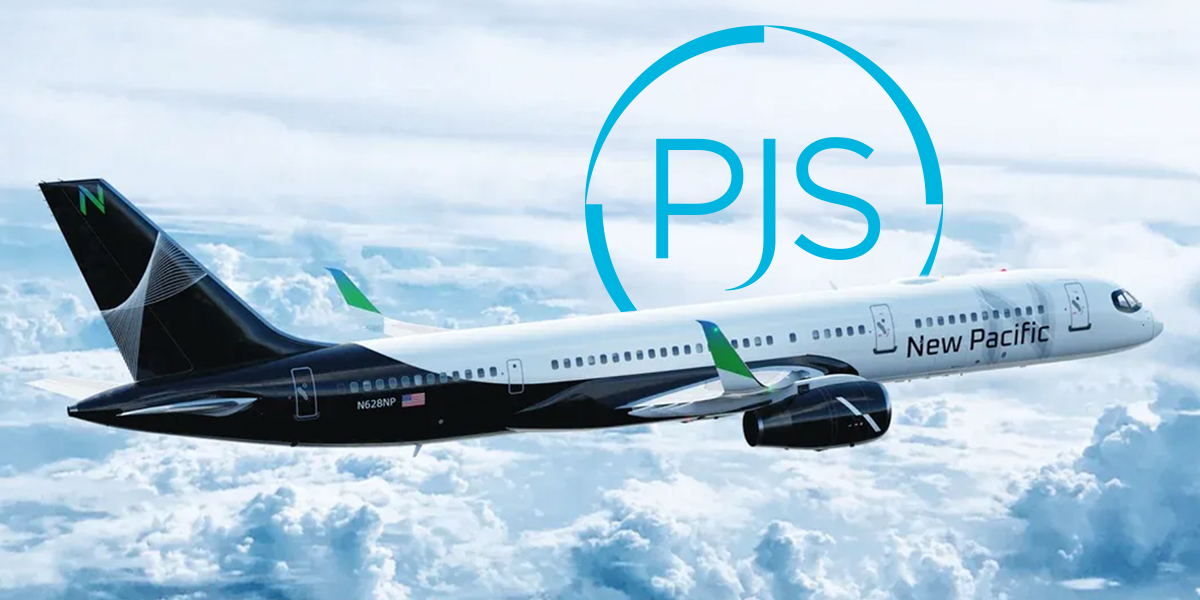Passengers continue to benefit as the supply of private aircraft outstrips the demand, driving down the price of flying private. While there are numerous ways to buy into private aviation including fractional ownership, jet cards and membership programs, the fact is, on-demand prices will continue to be more and more affordable compared to a fully loaded cost of fractional programs. On-demand flights and prepaid membership programs will remain relatively inexpensive as capacity continues to outstrip demand.
PJS’s predictions are based on a study by business aviation data provider JetNet, which recently reported the number of private aircraft is growing, meaning operators have to drop prices to keep those aircraft busy. JetNet suggests the oversupply of aircraft will not change, given its forecast of 7,100 jet deliveries worth $237 billion through 2028.
Beating the Hassle Factor While Saving Money
As private aviation becomes more competitive with airlines, especially when the trip requires more than one person, more clients are making an investment in time by flying private. By using new calculations to determine travel decisions, the focus is shifting to the value of private aviation compared to an airline. Calculations that focus strictly on trip costs are misguided.
Comparing the cost between airlines and private flying depends on a number of variables including how far out the trip is booked, how many are flying, salary levels, and the costs of the airline, hotel, meals and car rentals. Private aviation often eliminates hotel and meal costs because it affords an out-and-back-in-one-day trip. In fact, one company calculated using airlines added $11,000 to the cost of a trip between Boston and Savannah and another $5,000 in productivity losses as the employee recovered from the trip.
Surveys of high-net-worth individuals reveal they spend an average of 6.3 hours getting to, from, and around the airport. The Financial Times estimates the average per-hour CEO executive time at nearly $1,300 per hour, meaning airlines travel results in over $7,800 lost executive time.
Instead, PJS clients balance private aviation costs with the productivity lost to airline travel and the return on investment from being more flexible and responsive to customers in need of support. Also, the time our clients are saving is devoted to providing more quality time with potential customers and in booking new sales.
In addition, the ability to fly to multiple destinations in one day and still be home for dinner increases the value of private aviation for both companies and employees. Companies are taking better care of the employees on the road, which ultimately means high retention rates and lower recruiting costs.
There has never been a better time to explore private aviation. Costs are dropping at a time when the value proposition is rising as companies put more value on high productivity, employee wellness and customer satisfaction.




